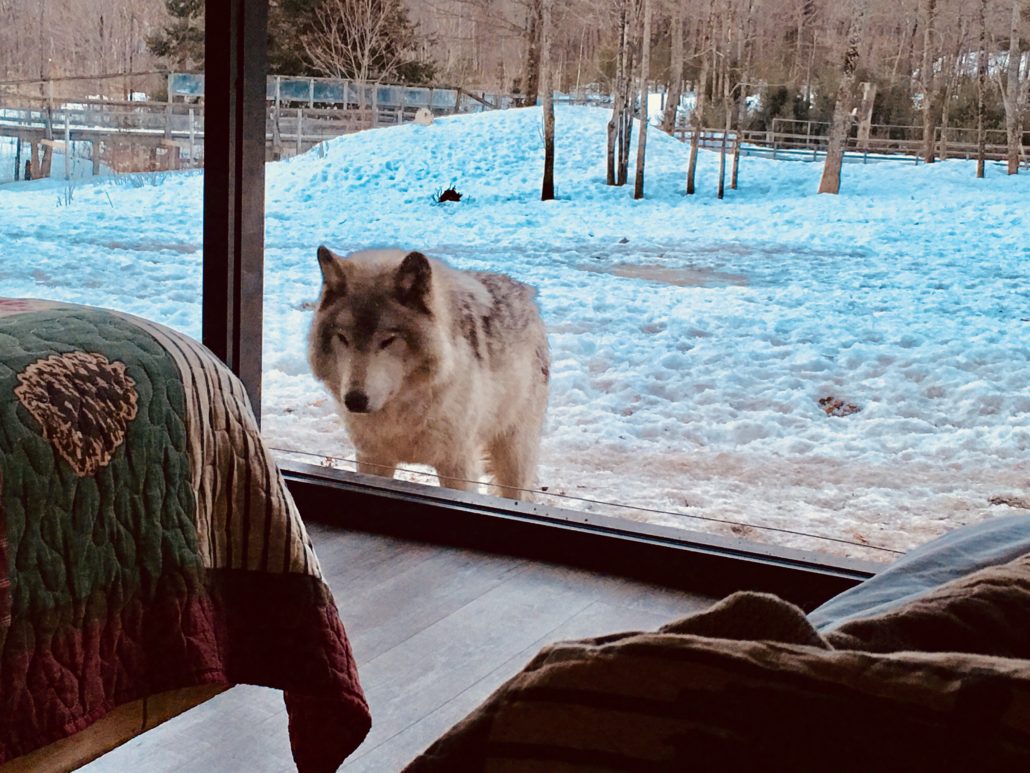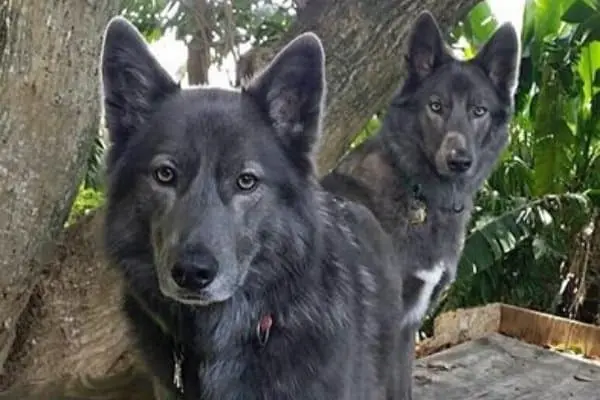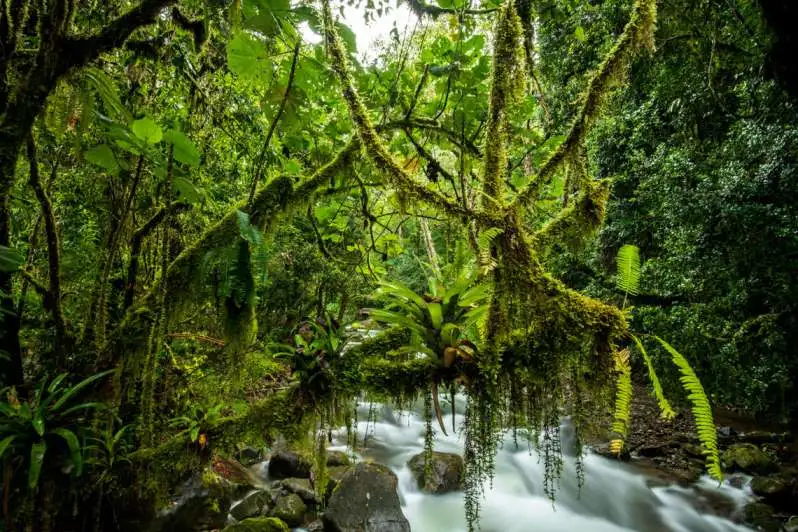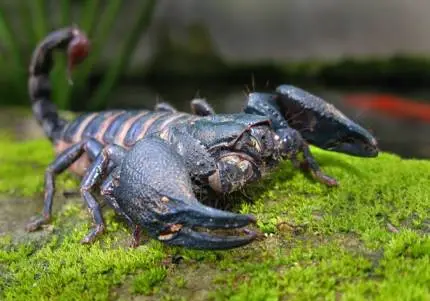Look Out For Rare Bears, Great Bear Rainforest, British Columbia
A legendary expanse of ancient forest covering British Columbia's upper coast is known as the Great Bear Rainforest. About the size of Ireland, it contains a fifth of the world's coastal temperate rainforest; there are no roads here, and the only ways to get in and out are by boat or seaplane. For thousands of years, bears have inhabited this ethereal region, fed by the sporadic runs of fat salmon and other fish. While black and grizzly bears are certainly noteworthy, there's one specific kind of bear that catches people's attention in these regions.
The Kermode, or "spirit," bear is really a black bear with a rare recessive gene that causes its fur to become creamy-white. This phenomenon is unique to the Great Bear Rainforest and affects one animal in ten. First Nations peoples, some of whom lead week-long nature cruises with Bluewater Adventures in the hopes of sharing the elusive spirit bear with guests, have legends about these bears entwined with their history and lives. Additionally, Homalco Tours provides one-day grizzly-viewing excursions on the Bute Inlet fjord with an Indigenous guide.
Spend The Night With Wolves, Parc Omega, Quebec

Situated in the Outaouais province of Quebec, Parc Omega is a safari-style park with animals living in natural cages throughout a 2,200-acre tract. It is approximately one hour's drive from the artistic Francophone metropolis of Montreal. You may drive alone or take a guided tour; the fifteen kilometers of roads overlap with prairie and woodland environments, home to racoons, white-tailed deer, bears, and boars. But you should pack your pajamas for a very unique experience in the forest of Parc Omega.
With its royal wolf pack, which is unmatched anywhere else on the continent, Parc Omega provides not just day trips but also an unforgettable overnight stay experience. Two subspecies of wolves, the Arctic and gray, may be found in the park. Wolves have been a part of Canadian landscapes for thousands of years. Beside the dogs, there are ever more lodging choices available, such as the wolf lodge (see above), which has large picture windows for the best wolf viewing.
Join A Whale-watching Cruise, Various, Newfoundland And Labrador
The world's highest concentration of humpback whales may be found in the ocean depths of Canada's easternmost province. Tens of thousands of these beloved marine animals migrate up from the Caribbean each year, usually between April and October, to spend their summers off Newfoundland and Labrador, where they graze on capelin, squid, and krill. From blue whales and orcas to pilot and minke dolphins, these depths are home to around 20 distinct species of whales and dolphins. There's nothing quite like meeting them on the ocean, even if you are fortunate enough to see them breaching and blowing from the land.
Off the province's coast, a few different tour companies provide catamaran tours for whale viewing. The St John's Whale Watch Cruise leaves daily from the capital and takes passengers past colonies of breeding puffins and through ominous fields of 12,000-year-old icebergs in search of the much-anticipated humpback whales. One of the best TripAdvisor-rated Newfoundland whale experiences is the family-run Gatherall's Puffin and Whale Watch Cruise in Bay Bulls, which takes guests around the islands of Witless Bay Ecological Reserve. For those who are a little more daring, kayak trips are also an option.
Read Also: Exploring the Wonders of Biodiversity
Witness A Unique Migration, Ivvavik National Park, Yukon Territory

A large amount of the calving grounds of this caribou herd, which travels between the Northwest Territories, Yukon, and Alaska throughout the spring and summer under the midnight sun, are protected by a stretch of the national park on the shore of the Beaufort Sea. It is the world's longest land mammal migration, spanning around 200,000 animals and 1,500 miles (2,400 km). In order to fully appreciate the symbiotic link between this area, its people, and the herd, tourists are advised to arrange a cultural host who is Inuvialuit. Ivvavik is not reachable by road; instead, travelers come by charter plane or helicopter.
Spot Seals And Seabirds, Various, Nova Scotia
Nova Scotia, one of the four provinces that make up Atlantic Canada, is a great place for people who enjoy being on the ocean to see sea life. Pleasant Paddling offers a sea kayak tour called "Paddle to the Seals" every morning, in addition to half-day, full-day, and multi-day excursions. The tour guides guests through the narrow passageways that separate the islands of the picturesque fishing community Blue Rocks, where seals, seabirds, and porpoises can frequently be seen in and around the isolated coves and shoals.







